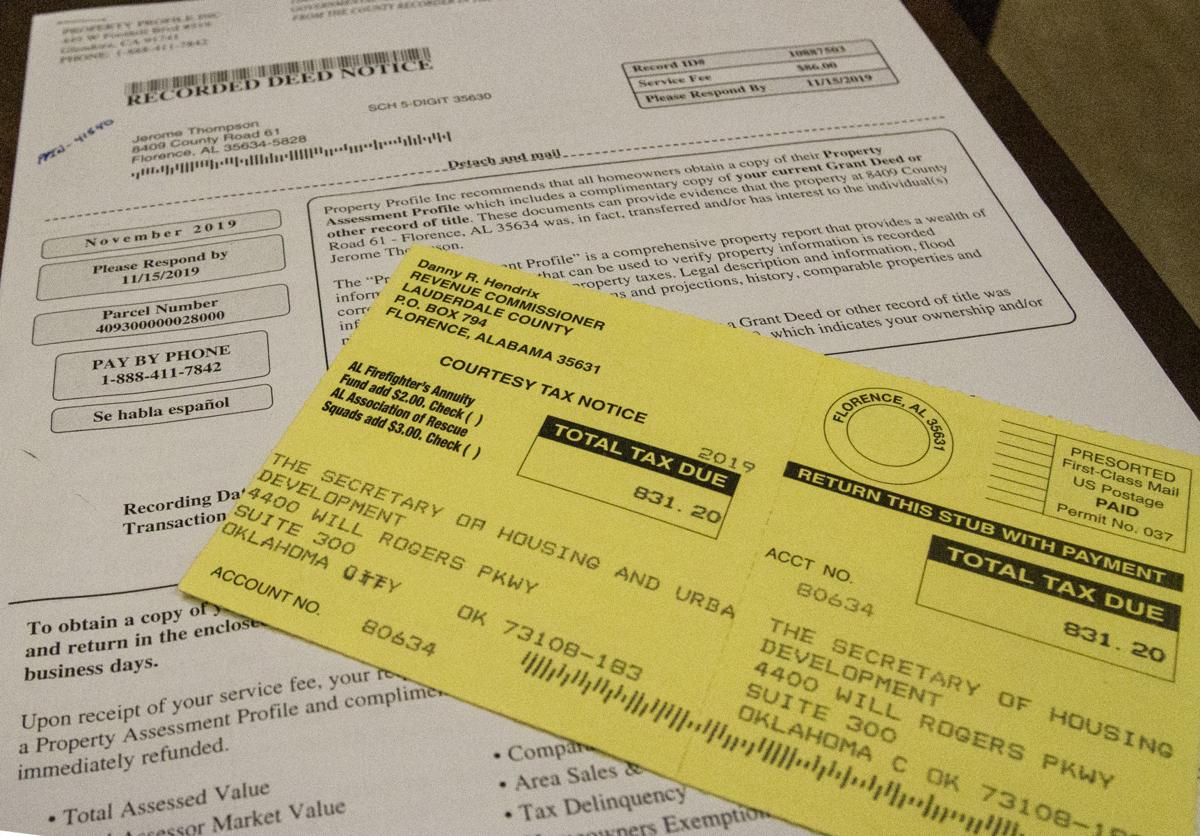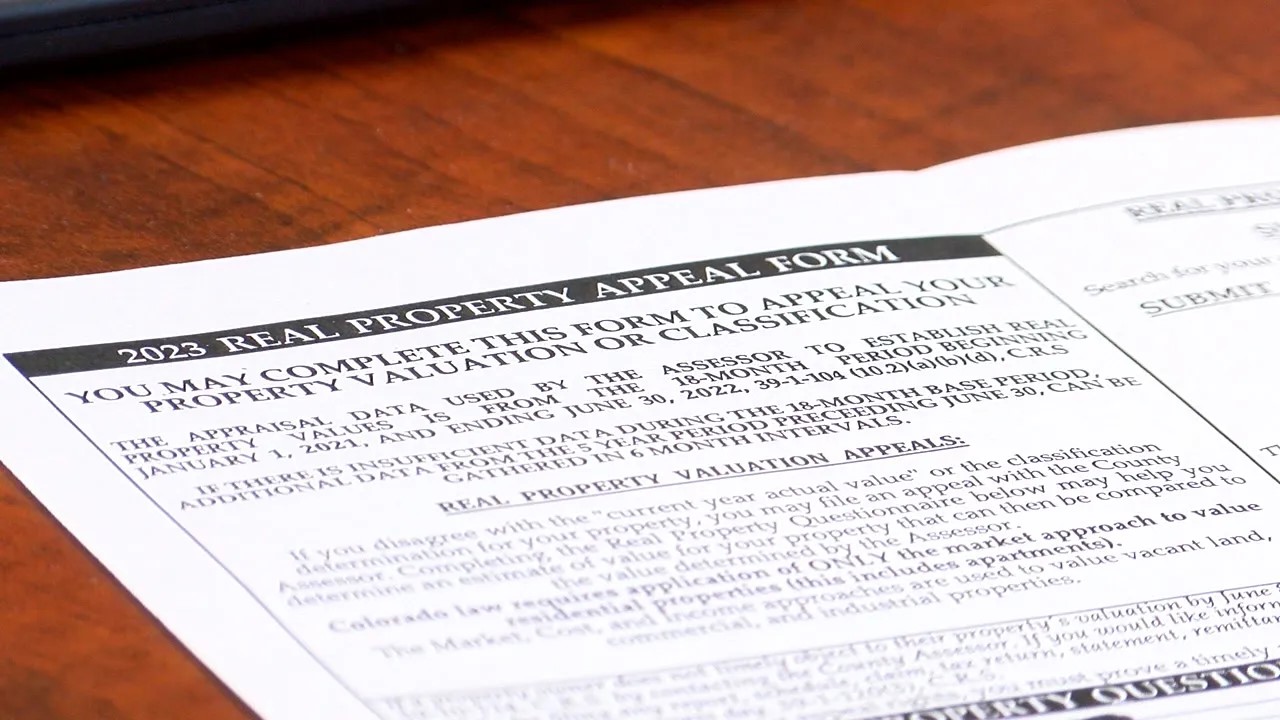Home>Ideas and Tips>Decoding Your MPAC Notice: Ontario Property Assessments


Ideas and Tips
Decoding Your MPAC Notice: Ontario Property Assessments
Published: October 26, 2024
Understand your MPAC notice for Ontario property assessments. Learn how to review, dispute, and manage your property taxes effectively.
(Many of the links in this article redirect to a specific reviewed product. Your purchase of these products through affiliate links helps to generate commission for Storables.com, at no extra cost. Learn more)
Understanding your property assessment notice from the Municipal Property Assessment Corporation (MPAC) is crucial for managing your property taxes effectively. This article will guide you through the key components of your notice, explain how property assessments are conducted, and provide steps on how to review and potentially dispute your assessment.
What is MPAC?
The Municipal Property Assessment Corporation (MPAC) is an independent, not-for-profit corporation responsible for assessing and classifying all properties in Ontario. Funded by Ontario municipalities, MPAC is accountable to the Province of Ontario, municipalities, and property taxpayers through its 13-member Board of Directors. With over 5.5 million properties assessed, MPAC plays a vital role in determining the assessed values that municipalities use to calculate property taxes.
Read more: What Is MPAC Property Assessment Notice
What is Included in Your Property Assessment Notice?
When you receive your Property Assessment Notice from MPAC, it contains a wealth of information about your property. Here are the key components you should look for:
-
Assessed Value: This is the most critical piece of information on your notice. The assessed value reflects the estimated market value of your property as of January 1, 2016, which continues to be used for the 2025 property tax year.
-
Reasons for Receiving Your Notice: The notice will specify why you received it. Common reasons include updates to ownership, changes in assessed value due to renovations or improvements, changes in tax classification, and updates to mailing addresses or property details.
-
Roll Number: This unique identifier is used to track your property and access additional information through AboutMyProperty.
-
Location and Description: The notice includes a detailed description of your property, including its location, dimensions, building square footage, and year of construction.
-
Municipality or Local Taxing Authority: This section indicates which municipality or local taxing authority will be using the assessed value to calculate your property taxes.
-
Classification: Your property is classified based on its type (residential, commercial, etc.) and use. This classification affects how your property is taxed.
-
School Support: This section indicates which school board your property supports for taxation purposes.
-
Property Summary: The notice provides an overview of the key factors considered in assessing your property, including recent changes such as renovations or improvements.
How to Read Your Property Assessment Notice
Reading your Property Assessment Notice carefully is essential to ensure that all information is accurate and up-to-date. Here’s a step-by-step guide:
-
Initial Review: When you first receive your notice, read it thoroughly to understand why you received it and what changes have been made to your property information.
-
Assessed Value Change: Check how your property value has changed since the last assessment. This information can help you understand if there have been any significant changes in your property's value over time.
-
Property Details: Review the property details section for accuracy. This includes dimensions, building square footage, and year of construction. If any of this information is incorrect, contact MPAC immediately.
-
Classification and Taxation: Ensure that your property is classified correctly and that the taxation information is accurate. If there are any discrepancies, you may need to file a Request for Reconsideration (RfR).
-
School Support: Verify which school board your property supports for taxation purposes. If there have been changes in school support, this will be reflected in the notice.
-
Additional Information: Use the access key and roll number provided in the notice to log in to AboutMyProperty. This tool allows you to compare your property with others in your neighborhood and review the criteria used by MPAC in assessing your home.
How to Disagree with Your Assessment
If you disagree with any part of your property assessment, you can file a Request for Reconsideration (RfR) with MPAC. Here’s how:
-
Identify Discrepancies: Clearly identify what you disagree with—whether it’s the assessed value, classification, or any other information on the notice.
-
Check Deadlines: Ensure you meet the deadline for filing an RfR. For the 2025 property tax year, the deadline was April 2, 2025.
-
File Online: You can file an RfR online through AboutMyProperty free of charge. Follow the instructions provided by MPAC to submit your request.
-
Supporting Evidence: Gather any supporting evidence that may help justify your dispute, such as recent appraisals or documentation of improvements made to your property.
-
Follow-Up: After submitting your RfR, follow up with MPAC to ensure that your request has been processed and that you receive a decision on your dispute.
Additional Tools and Resources
MPAC provides several tools and resources to help property owners understand and manage their assessments:
-
AboutMyProperty: This online tool allows you to compare your property with others in your neighborhood and review the criteria used by MPAC in assessing your home. You can use the access key from your property assessment notice to register for AboutMyProperty.
-
Contacting MPAC: If you have questions or need assistance, you can call MPAC toll-free at 1-866-296-6722 or use their live chat service for faster assistance.
-
Understanding Your Assessment Webpage: MPAC’s Understanding Your Assessment webpage offers detailed information about the assessment process, including how assessments are conducted and what information is included in the notices.
Conclusion
Understanding your MPAC notice is crucial for managing your property taxes effectively. By knowing what information is included in the notice and how to review it accurately, you can ensure that all details are correct and up-to-date. If you disagree with any part of your assessment, filing an RfR is a straightforward process that can help resolve discrepancies. Utilizing MPAC’s tools and resources such as AboutMyProperty can also provide valuable insights into your property’s value and how it compares to others in your area.
By taking the time to decode your MPAC notice, you can better navigate the complex world of property assessments in Ontario and make informed decisions about your property’s value and taxation.
Was this page helpful?
At Storables.com, we guarantee accurate and reliable information. Our content, validated by Expert Board Contributors, is crafted following stringent Editorial Policies. We're committed to providing you with well-researched, expert-backed insights for all your informational needs.















0 thoughts on “Decoding Your MPAC Notice: Ontario Property Assessments”